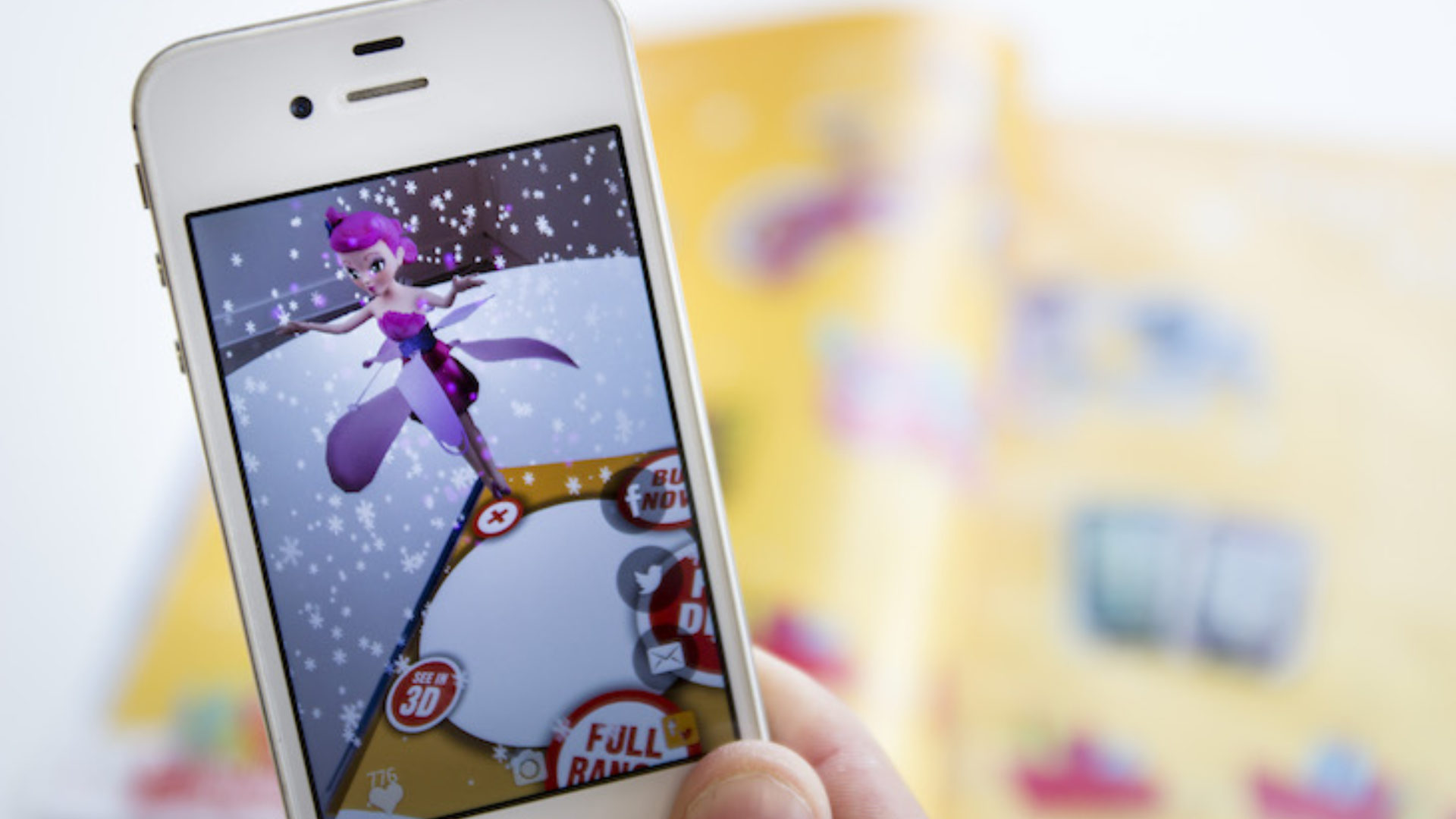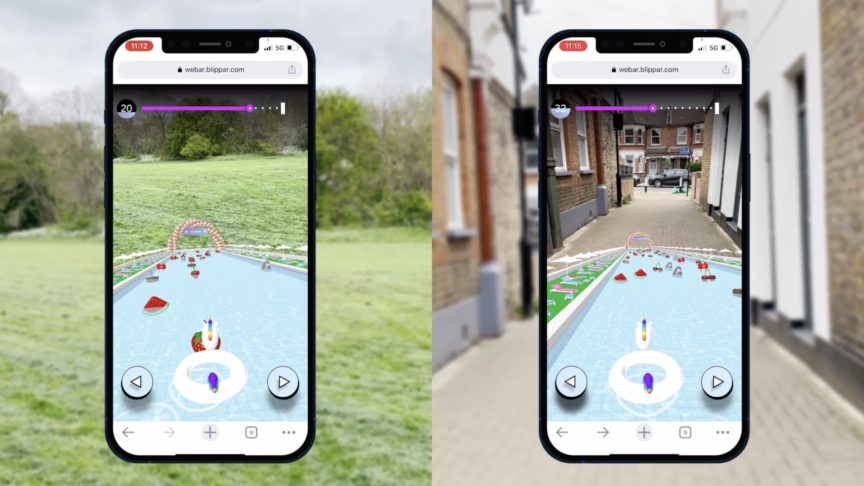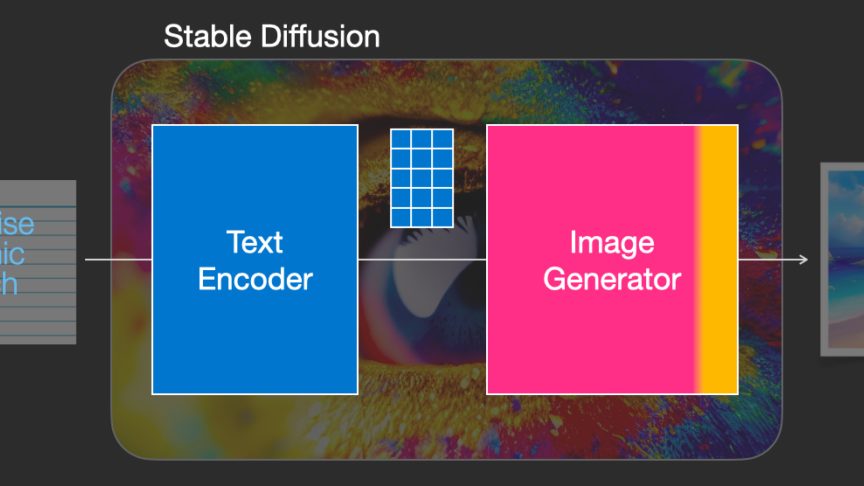How To Create Effective AR Marketing Campaigns - Part 2
June 28, 2017
How To Create Effective AR Marketing Campaigns - Part 2

In this blog post mini-series, I am exploring the five key best practices to create effective AR campaigns.
In my last blog post, I looked at optimising distribution factors (touchpoints and call to actions). If you haven’t read it, I would recommend starting with this before reading on.
This post will focus on optimising experience factors – immediacy, repeat usage and delight.
Experience
3. Immediacy
This is all about delivering immediate benefit to the user, both in terms of loading times and UX.
Human attention spans are down 50% in the last 15 years (Microsoft, 2015) and we’re more impatient than ever. 53% of users bounce from a mobile site that takes longer than 3 seconds to load (Google, 2016). This has led to projects such as Facebook Instant Articles and Google Accelerated Mobile Pages (AMP), which aim to load almost instantly.
When it comes to loading times for AR, users grant you slightly more grace than they would for a mobile site, but not much more. Although it’s tempting to use lots of high-res 3D, be cognizant of the trade-off between the size of your AR experience and how long it will take to load.
Aim for a loading time under 5 seconds, certainly no more than 10 seconds, and make sure you carry out thorough QA testing over a range of internet connection speeds.

Minimising loading times is only half the challenge. You must also use simple, linear UX to clearly lead the user through the AR experience. Stay away from main menus and ‘web thinking’, instead give the user fewer choices that only require simple gestures (swipes, taps) to navigate through the experience.
Each additional tap you require from the user is an opportunity for them to drop out of the experience early. Set yourself a ‘one-tap benchmark’, so that users don’t have to tap the screen more than once to reach the core benefit of the experience. Or go one step further - what benefit can you give the user in zero taps?
4. Repeat Usage
AR inherently drives impressive repeat usage as people are so curious about the technology. Blippar campaigns average 3 blipps per user, but many generate 10+.
Be intentional about designing experiences that encourage repeat engagement, that continue to deliver user benefit over time, whether entertainment or utility. Brands should aim for users to interact with their product in AR each time they pick it up.
Driving repeat engagement is a well-understood discipline in digital. There are numerous models and theories that can be replicated in AR to drive regular interaction and build habitual behaviour.

Nir Eyal’s Hooked model
Humans like to collect and complete things. Using gamification, daily rewards, updated features or episodic content will skyrocket your campaign’s performance. It doesn’t need to be anything complicated, just ensure you continue to deliver user benefit over time (e.g. a lipstick that updates you with the latest looks and tutorials in AR each week, a beer that gives you new opportunities to play and win football tickets each time you drink).
5. Delight
This is the most nebulous of the five best practices but you know it when you see it. It’s a really cool AR experience that you instantly want to share with others.
It could be visually stunning creative work – true AR that is tracked to an object or a location, such as Blippar’s campaign with Coca-Cola, which turned each can into an interactive AR jukebox.

Or it could be a clever use case, where AR provides a ‘digital shortcut’ that moves users down the purchase funnel, such as virtual try-ons or Blippar’s ability to put you in the driving seat of any car simply by scanning it.

The opportunities to create surprising and enchanting experiences in AR are endless but you will often find yourself held back by practical factors, such as timelines or the specifics of a brief. Ask yourself tough questions to make sure you’re able to deliver a quality experience despite any limitations you face. Don’t fall into the trap of doing AR just for the sake of doing AR – it should delight your users.
So there you have it, our five best practices (touchpoints, call to action, immediacy, repeat usage, delight). Use them as a checklist for your campaign to ensure effective performance.
Don’t fall into the trap of neglecting the real-world distribution factors. If you’re building a magical AR experience, you still need to invest in making sure it reaches people. And similarly, once you have a user in your AR experience, use mobile-first design and user-centric thinking to delight them and keep them coming back. This will ensure your AR campaign is both valuable to end-users and effective for your brand.
Intrigued? Sign up with Blippbuilder now to start building AR campaigns and put these five best practices into action!
Sam Whitehead is an Insights Manager in the Experience Strategy Team at Blippar.



